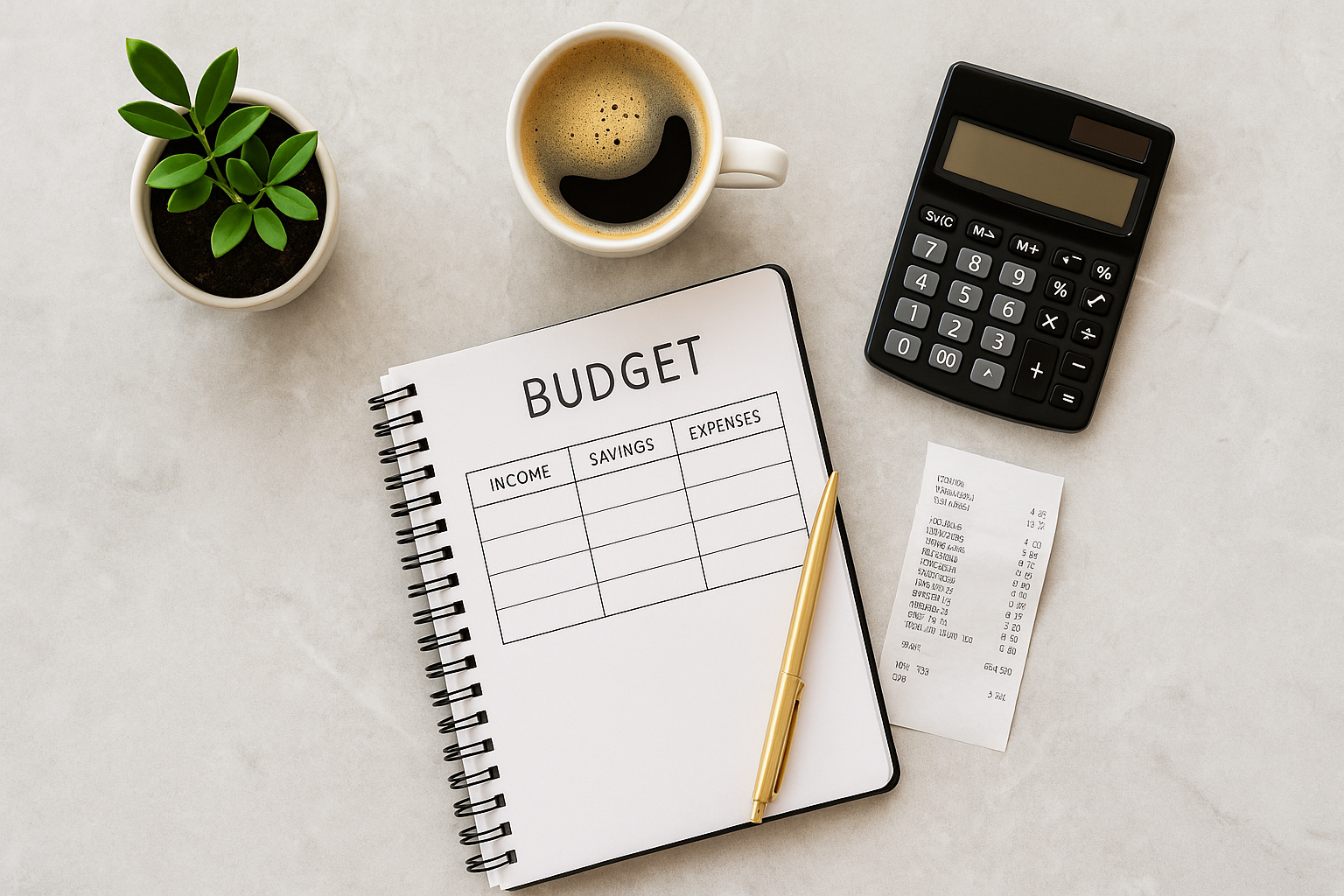Quick win: Install 3–5 simple spending guardrails—like a clear daily spending limit, targeted no-spend rules, and a weekly check-in—so you buy what you value and skip what you don’t.
Overspending isn’t a character flaw; it’s a design flaw. If your money system lets impulse buys slide through, you’ll overspend on autopilot. Guardrails add just enough friction to keep you on track—without feeling deprived.
The Core Guardrails (pick 3 to start)
1) Daily Spending Limit (the “gas tank”)
Give yourself a small, renewable daily cap for discretionary swipes (e.g., $15–$25 weekdays, $30–$40 weekends). If you skip a day, you can roll half of it forward. This keeps little leaks from sinking the month and removes the mental math at checkout.
2) Category No-Spend Rules (surgical, not extreme)
Choose one problem category and pause it for a defined window: “No clothes until the 15th,” “No delivery on weekdays,” or “No impulse Amazon between 10pm–7am.” Specific, time-boxed rules beat vague intentions.
3) The 24-Hour Hold
Anything over $50 (or your threshold) goes on a 24-hour list before purchasing. Put it on a “Want Later” note with price and date. If you still want it tomorrow—and it fits your plan—buy it. Otherwise, you’ve just saved money with one sleep.
4) Friction by Design
- Delete saved cards from shopping sites; use a single payment method.
- Unsubscribe from promo emails; remove retail apps from home screen.
- Turn off 1-click checkout; require password/face ID every time.
5) Cash or Prepaid for Hot Spots
If restaurants or convenience runs blow the budget, switch that category to cash or a prepaid debit loaded weekly. When it’s gone, it’s gone—no guilt, just a clear signal.
Set It Up in 20 Minutes
- Pick your top leak: meals out, convenience stores, late-night browsing, subscriptions.
- Choose three guardrails: a daily cap, one no-spend rule, and the 24-hour hold.
- Configure your phone: delete saved cards, silence promo senders, move shopping apps to a hidden folder.
- Label accounts: “Bills,” “Spend,” “Savings.” Use the Spend card for day-to-day; keep Bills off-limits.
Example: A Calm Week with Guardrails
- Daily limit: $20 Mon–Thu; $35 Fri–Sun.
- No-spend rule: No delivery on weekdays; one takeout night max on weekends.
- 24-hour hold: Any item over $60 goes on the list first.
By Friday, you’ve rolled $10 forward from a skipped coffee + packed lunch, so your weekend fun money is $45/day without touching the budget categories.
Make Guardrails Stick (without feeling deprived)
- Pair with joy: Fund a small, explicit “Joy” line—two coffees + one date night—so your brain doesn’t rebel.
- Use cues: Put a sticky note on your card: “$20 today.” Rename your Spend account “Daily $.”
- Stack habits: Check your remaining daily amount when you grab your keys or open your wallet app.
Weekly 10-Minute Reset
- Open Bills/Spend/Savings; confirm next week’s bills are covered.
- Glance at top transactions; tag one that wasn’t worth it and set a micro-rule for next week (e.g., “no snack aisle on weekday nights”).
- Adjust your daily limit by $1–$2 if the week felt tight or loose.
Common Mistakes (and Easy Fixes)
- Over-restricting everything: You’ll bounce. Fix: Limit no-spend rules to one category at a time.
- Moving the goalposts mid-day: “I’ll make it up tomorrow.” Fix: Roll over only half of unused daily amounts.
- One giant checking account: No signal for “safe to spend.” Fix: Separate Bills from Spend; keep savings in HYSA.
FAQ
How do I pick a daily spending limit?
Start with your average discretionary spend divided by 30, then round down to a number that feels achievable (e.g., $18–$25). You can nudge it after two weeks.
Do no-spend rules really work?
Yes—when they’re targeted and time-boxed. Aim for a 2–4 week sprint on a single category, then reassess. Pair with a small Joy budget to avoid backlash.
Can I use apps to enforce guardrails?
Absolutely. Many banks let you set card limits, category alerts, or round-ups. Use alerts for large transactions and low balances; let automation do the nagging for you.

Leave a Reply